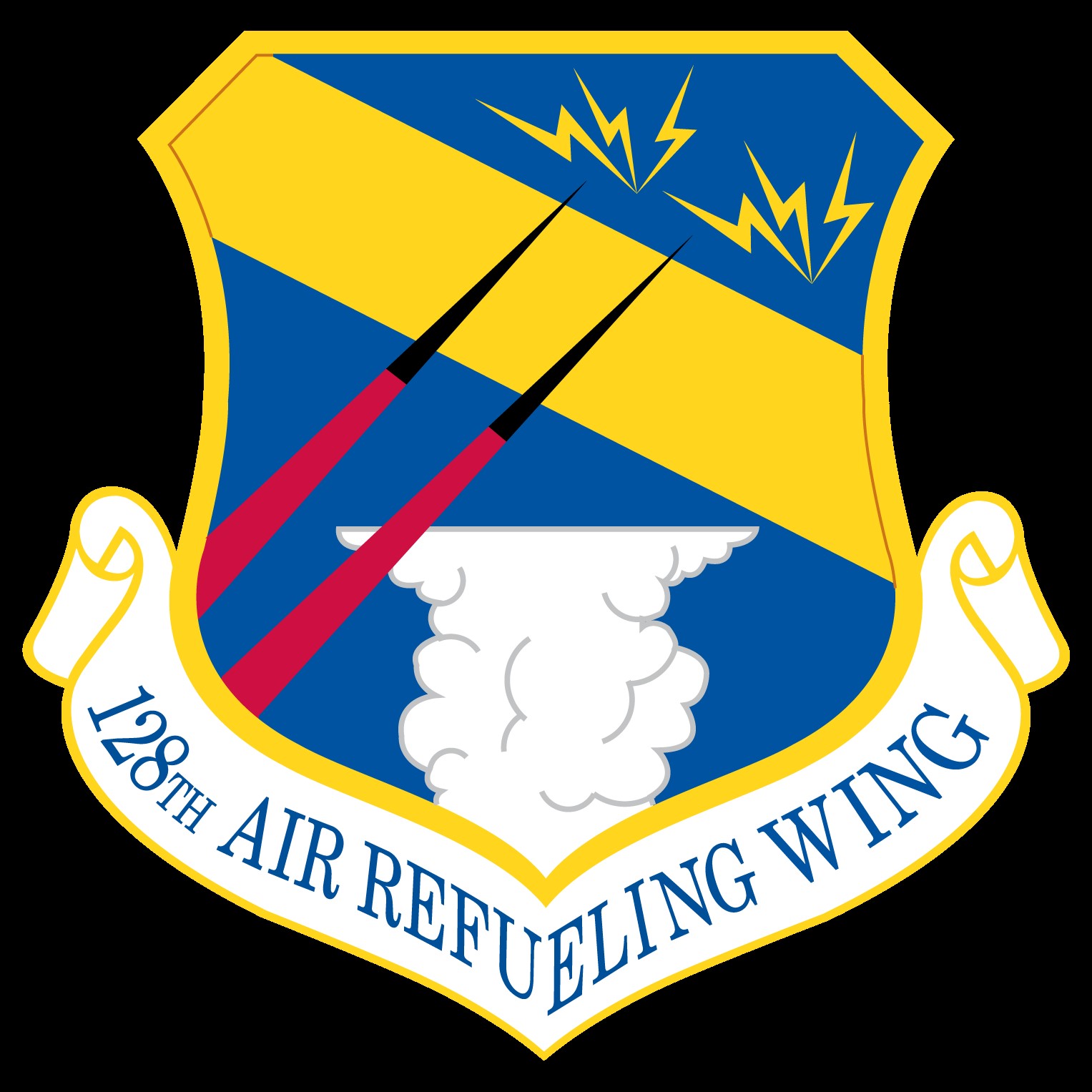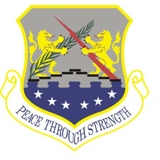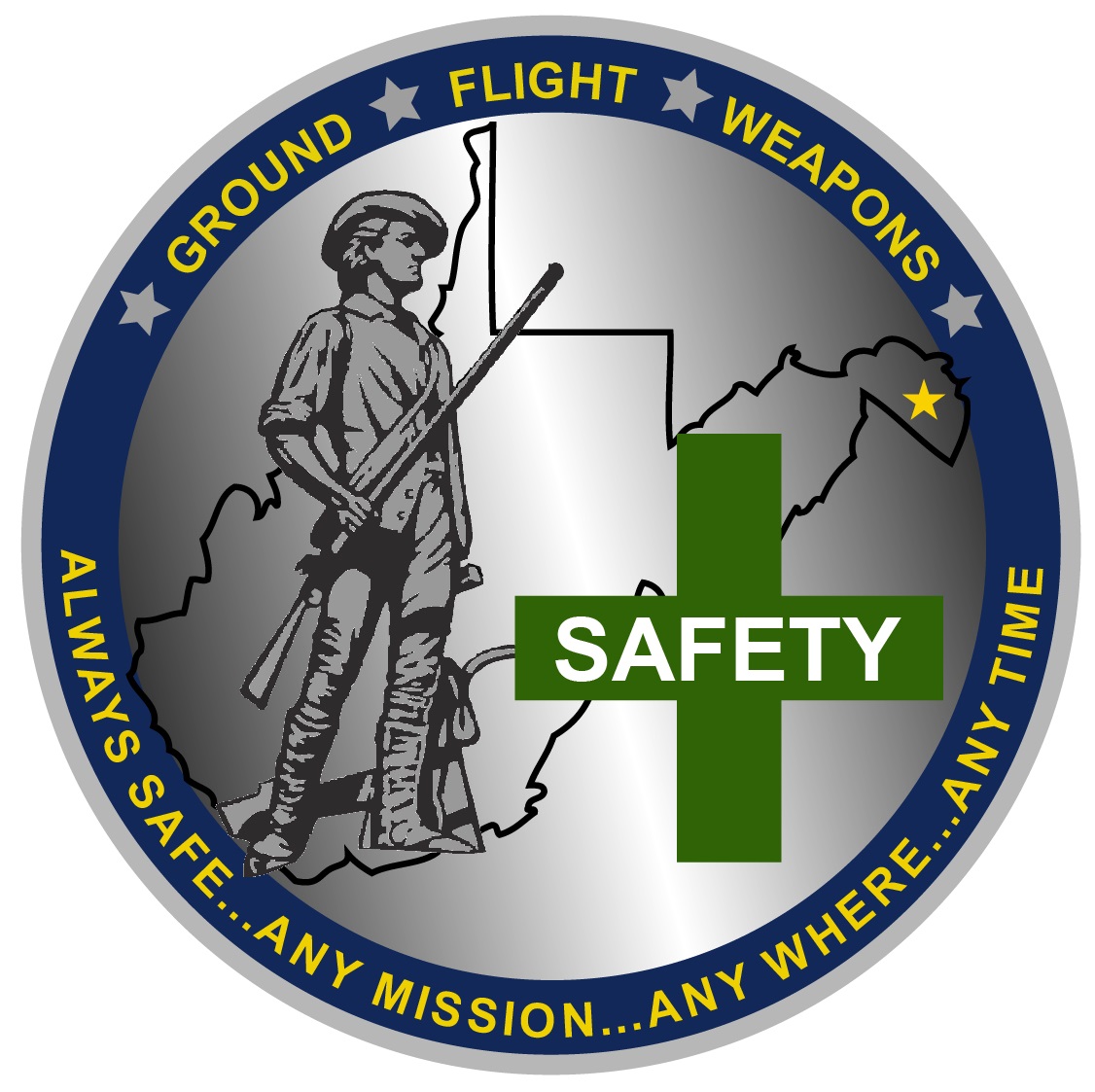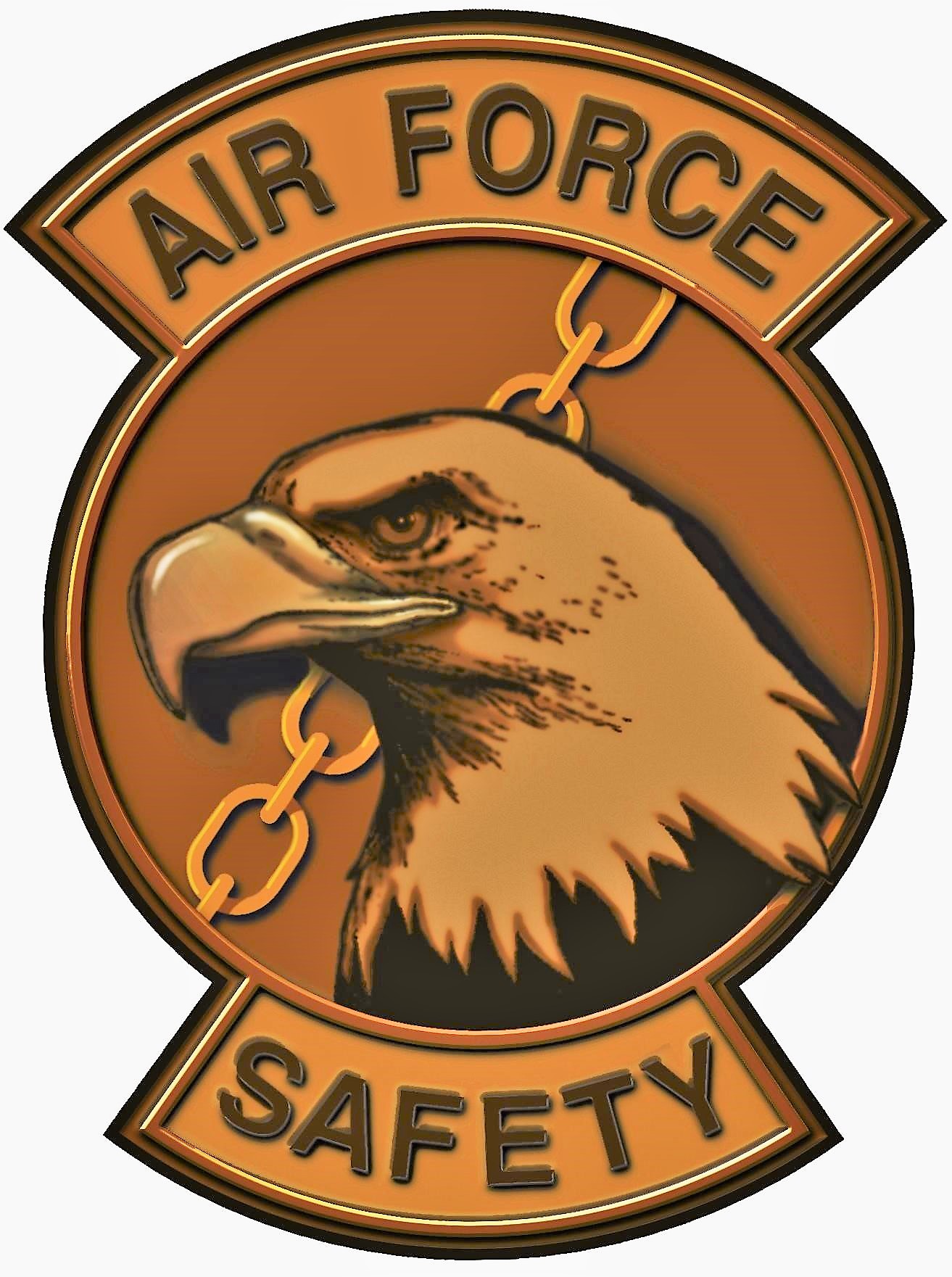Information
-
Document No.
-
Audit Title
-
Client / Site
-
Conducted on
-
Prepared by
-
Location
-
Personnel
-
7.7.1. Are all pieces of equipment and machinery arranged to permit an even flow of materials?<br>Reference 7.2.1.1.1)
-
7.7.2. Are machines positioned so it will not be necessary for an operator to stand in a passageway,<br>aisle or exit access? Reference 7.2.1.1.1
-
7.7.3. Are machines positioned to allow for easy maintenance, cleaning and removal of scrap?<br>Reference 7.2.1.1.1
-
7.7.4. Are passageways, aisles and exit accesses provided to permit the free movement of employees<br>and material? Reference 7.2.1.1.2
-
7.7.5. Are at least 18 inches provided for passageways through or between movable obstructions?<br>Reference 7.2.1.1.4
-
7.7.6. Are floors kept in good condition and free of defects and obstructions that endanger workers,<br>interfere with handling of materials or hinder people leaving the area during emergencies? Reference<br>7.2.1.2
-
7.7.7. Are floors of all shops, service rooms, halls and storerooms kept clean and free of slippery<br>substances? Reference 7.2.1.2.2
-
7.7.8. Are drip or oil pans used whenever the possibility of spilling or dripping exists? Reference<br>7.2.1.2.2
-
7.7.9. When floors are being cleaned or finishing compounds are being applied, are signs posted to<br>warn workers of a slipping hazard? Reference 7.2.1.2.5
-
7.7.10. Are passageways, aisles and exit accesses kept clear for easy access to emergency equipment<br>and to enable firefighters to reach a fire, if necessary? Reference 7.2.1.2.7
-
7.7.11. Are areas adjacent to fire sprinkler control valves, fuse boxes and electrical switch panels<br>clear and unobstructed? Reference 7.2.1.2.7
-
7.7.12. Are signs identifying the floor load capacity permanently installed in plain view of all<br>workers? Reference 7.2.1.3
-
7.7.13. Are drains provided when floors are subject to water, moisture, flooding or when wet<br>processes are used? Reference 7.2.1.4
-
7.7.14. Are all floor openings, such as hatchways, chutes, pits, trap doors, manholes and ladderways<br>properly guarded? Reference 7.2.1.6
-
7.7.15. Are all open-sided floors, platforms and runways four (4) feet or more above the ground<br>guarded on all open sides? Reference 7.2.1.7.3
-
7.7.16. Are grab handles installed on each side of the opening, when the operation requires reaching<br>through or around the unprotected opening? Reference 7.2.1.7.4
-
7.7.17. Are frequently used loading docks located away from principal streets and intersections?<br>Reference 7.2.2.1
-
7.7.18. Are the surfaces of docks smooth and even, and are their edges marked? Reference 7.2.2.1.1
-
7.7.19. Are the dock widths at least two (2) feet wider than the widest vehicle or most common<br>materials being transported? Reference 7.2.2.1.2
-
7.7.20. Do parking lots have a smooth surface, good drainage and are they free of pedestrian tripping<br>hazards? Reference 7.2.2.2
-
7.7.21. Are entrances and exits free of obstructions that block a driver‘s or pedestrian‘s view of<br>traffic? Reference 7.2.2.2
-
7.7.22. Are exterior walkways kept clear of obstacles that block the right-of-way or present slipping<br>and tripping hazards? Reference 7.2.2.3
-
7.7.23. Do workers ensure materials are not stored, left under or piled against buildings, doors, exits<br>or stairways? Reference 7.2.2.4.1
-
7.7.24. Are poisonous or toxic plants prohibited for landscaping unless approved by the installation<br>medical services? Reference 7.2.2.4.2
-
7.7.25. Are trees and bushes adjacent to walkways trimmed to permit a clear path for pedestrians?<br>Reference 7.2.2.4.2
-
7.7.26. Is all construction work clearly identified by signs that can be read from at least 50 feet, in<br>addition to barriers marked with reflective materials? Reference 7.2.2.5
-
7.7.27. Are illuminated or other warning flashers also used after dark? Reference 7.2.2.5
-
7.7.28. Are fixed stairs and ramps designed and built to carry a load of 5 times the normal live load<br>anticipated, but not less than a 1,000 pound moving concentrated load? Reference 7.3.2.2
-
7.7.29. Are fixed stairs (not part of the exit access) installed at angles to the horizontal of 30 to 50<br>degrees? Reference 7.3.2.4
-
7.7.30. Are ramps (not part of the exit access) installed IAW guidance in Table 7.2? Reference<br>7.3.2.5
-
7.7.31. When the doors or gates open directly onto a stairway, is the available width of the landing<br>not less than 20 inches? Reference 7.3.2.6
-
7.7.32. Where there is less than seven (7) feet of headroom over stairs, are obstructions padded?<br>Reference 7.3.2.7
-
7.7.33. Where obstructions over stairs cannot be padded, are they color coded with yellow or yellowand-<br>black stripes to highlight the hazard? Reference 7.3.2.7
-
7.7.34. Are open grating type treads used on stairs which are not enclosed? Reference 7.3.2.10
-
7.7.35. Is every flight of fixed industrial stairs with four (4) or more risers equipped with standard<br>guardrails or standard handrails? Reference 7.3.2.12.1
-
7.7.36. Do stairs less than 44 inches wide, having both sides enclosed, have at least one handrail,<br>preferably on the right side going down? Reference 7.3.2.12.1.1
-
7.7.37. Are spiraling and winding stairs equipped with a handrail offset to stop people from walking<br>on the parts of the treads that are less than six (6) inches wide? Reference 7.3.2.12.2
-
7.7.38. Are stairs and ramps lighted so all treads and landings are visible? Reference 7.3.2.13
-
7.7.39. Are stairs and ramps kept clean, free of obstructions or slippery substances and in good<br>repair? Reference 7.3.2.15
-
7.7.40. Are slippery surfaces replaced or made safe by coating them with nonslip surface materials?<br>Reference 7.3.2.15.3
-
7.7.41. Are guardrails and handrails smooth, free of splinters or burrs and securely mounted?<br>Reference 7.3.2.15.6
-
7.7.42. Are fixed industrial stairs provided as a means of access to roofs, pits, silos, towers, tanks<br>and limited-access areas, where access is daily or during each shift for gauging, inspection, regular<br>maintenance, etc.? Reference 7.4.2.2
-
7.7.43. Is adequate illumination provided when using ladders? Reference 7.4.2.5
-
7.7.44. Where unauthorized use of a fixed ladder is a problem, such as in a public area, is the bottom<br>seven (7) feet guarded? Reference 7.4.2.6
-
7.7.45. Are electrical conductors not installed on or adjacent to fixed metal ladders, unless they are<br>beyond reach and cannot be used as a handrail or grabbed in an emergency? Reference 7.4.2.8
-
7.7.46. Are iron rung ladders built into the walls of each manhole over 12 feet deep? Reference<br>7.4.2.9
-
7.7.47. Are formal, fully documented inspections of all fixed ladders accomplished upon installation<br>and at least every three (3) years thereafter? Reference 7.4.3.1
-
7.7.48. Are modifications to ladder components, safety climb devices or related equipment approved<br>by the installation CE, property manager and Ground Safety office? Reference 7.4.4.2
-
7.7.49. Do supervisors ensure personnel are properly trained on climbing and using ladders?<br>Reference 7.4.6
-
7.7.50. Do workers abstain from using metal ladders and wood ladders with metal reinforced side<br>rails in areas where they could contact energized electrical circuits? Reference 7.5.2.1.2.2
-
7.7.51. Do supervisors make thorough visual inspections of ladders when the ladder is initially<br>received and before the ladder is placed in service? Reference 7.5.2.2
-
7.7.52. Do workers perform an inspection of ladders prior to use? Reference 7.5.2.2
-
7.7.53. Are hardware, fittings and related equipment checked frequently and kept in proper working<br>condition? Reference 7.5.2.3
-
7.7.54. Are safety feet and other parts of the unit‘s ladders kept in good working condition?<br>Reference 7.5.2.3.3
-
7.7.55. Are wood ladders not painted with an opaque coating, avoiding a cover-up of possible<br>defects? Reference 7.5.2.3.4
-
7.7.56. When location demands, are metal ladders protected against corrosion? Reference 7.5.2.3.4
-
7.7.57. Are ladders with defects which cannot be immediately repaired, removed from service and<br>action taken to ensure they are scheduled for repair or destruction? Reference 7.5.2.4
-
7.7.58. Are danger tags used to warn workers that the ladder cannot be used? Reference 7.5.2.4
-
7.7.59. Are personnel who use ladders adequately trained by the supervisor in the care and use of<br>different type ladders when a worker is first assigned? Reference 7.5.2.4.1
-
7.7.60. Are ladders stored in a way that provides easy access for inspection and permits their safe<br>withdrawal for use? Reference 7.5.2.5.1.3
-
7.7.61. Are wood ladders stored in a location free from exposure to the elements and excessive heat<br>or dampness? Reference 7.5.2.5.1.3










